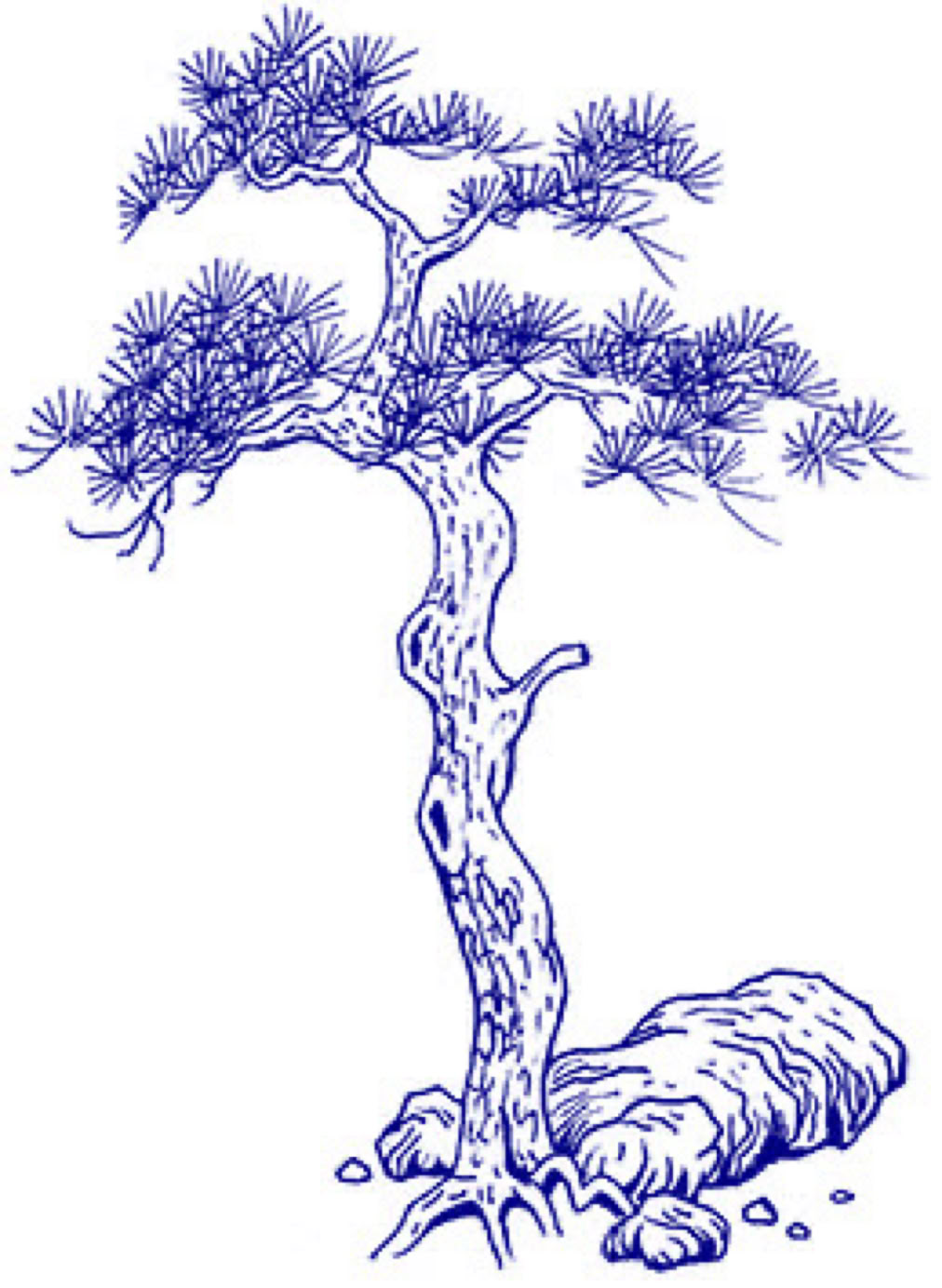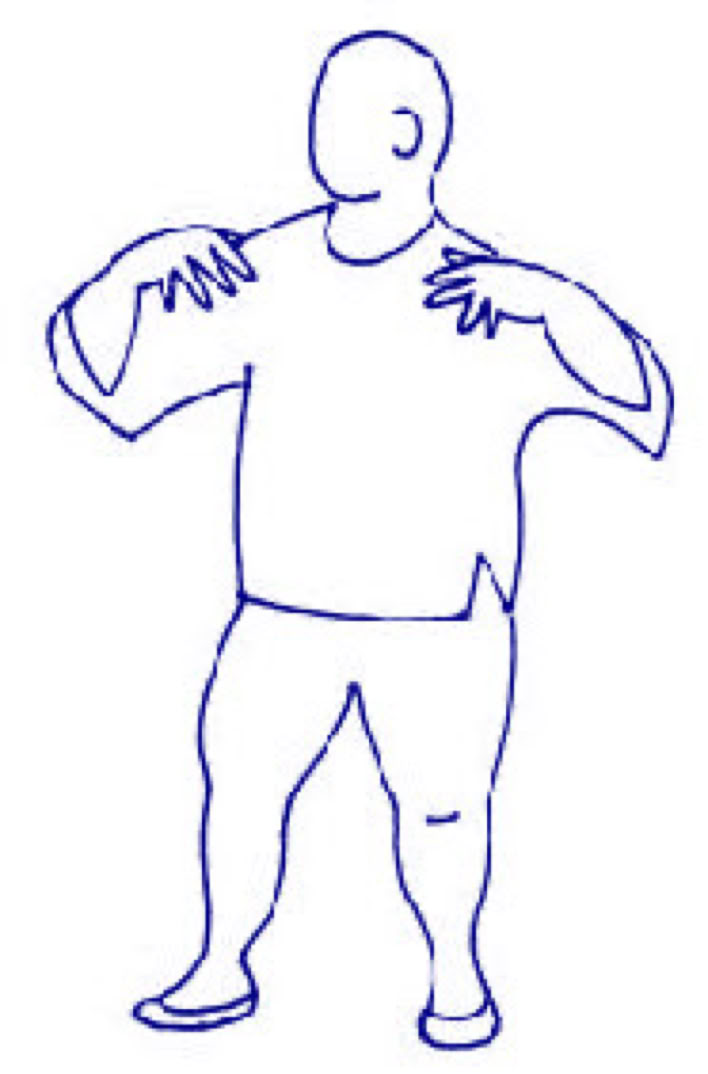

Ancient Taoism in Contemporary
Management Training & Martial Art


MARTRIX ORG.
Get your feeling working!
MARTRIX ORG.
Get your feeling working!
Ancient Taoism in Contemporary
Management Training & Martial Art


• HOME • About MARTRIX • Workshops • Trainers • Management Training • Coaching • Intuitive Boxing • Taikiken • Hachidankin • Baduanjin • 99-Taijiquan • Longevity • MartriX Exclusive Shop • Video Clips • Downloads • BrainQuakes• Index Page • Links • E-mail • HOME Nederlands •
HAN ZEN - JIJI ZHUANG
Jianshen zhuang exercises are basis for more advanced jiji zhuang. State of relax is basis for "seeking force" (mo li - literally "feeling force"). It's not just standing without motion. Sometimes it is called "relative non-motion", "seeking force in relax" or "seeking motion in non-motion".
Most basic posture is hunyuan zhuang. A little bit simplifying we can say that it's a version of chengbao zhuang, but your feet are not parallel shoulder-width apart, but one feet is in front and the other remains back. Most of body's weight is put on back leg (dingbabu position).
Arms are in position similar to chengbao zhuang, but one hand is a little bit higher than the other.
Taikiken - Kination
Menu: TaiKi
The spontaneous way
What is Taikiken
Objective of Taikiken
Theory Taikiken
Taikiken Ritsu Zen
The six directions of power
Taikiken Han Zen
Taikiken Yuri
Taikiken Hai
Taikiken Hakkei
Taikiken Suishu
Taikiken Kumite

Imagine, that you are standing inside a big tree, with arms embracing its core.
You are pushing forwards with your whole body, including arms, but the tree resists. Use only mind and almost don't move (bu luo xing - "not revealing form"), not using force, keeping relaxed. It's not about absolute non-motion and looseness. You should be rather almost not moving and almost not using force. The aim is in achieving coordination (unity) of mind and body, and that would be impossible if you only engaged your mind in the exercise and not your body. This is only very general description of this exercise, without many important details. And it's only the simplest version of hunyuan zhuang. We work also with different directions of force, on later stage changing directions during one exercise and with various directions simultaneously. The aim is developing hunyuan li - force, which could be described as "formless". Some terms that describe this are: "xing wu xing" (form without form), "yi wu yi" (intention without intention). Apart from hunyuan zhuang, there are many other jiji zhuang positions. Some of them are: fuhu zhuang ("taming tiger"), jianlong zhuang ("descending dragon"), duli zhuang (standing on one leg).
Jiji zhuang has a lot in common with described below slow movement shi li exercises. Those two groups of exercises are well supplementing each other. Wang Xiangzhai said: "Shi li is zhan zhuang extended in space, and zhan zhuang is shortened shi li". Why do we use zhan zhuang, and not only movement exercises? Because zhan zhuang is in some aspects more efficient and enables faster progress. In static positions it is more easy to achieve tranquility and focus of mind. That's why many meditation practices of many traditions are conducted in static positions. In the state of "relative non-movement" ("non-movement on the verge of movement"), with using appropriate forms of visualization, it's comparatively easy to achieve "relax, but not looseness",
"relax and force at the same time", and then "connection" of all parts of body. We can focus on the essence of exercise instead of concentrating on "flowery" form.
Zhan zhuang is very efficient way of developing power. This power is not only physical force, but rather what in traditional internal arts is called nei jin (internal force). As some effort is needed to maintain a static position for a period of time, these exercises can also strengthen physical constitution. Zhan zhuang are not only basic exercises. They are important on any stage of practice. Other training methods are gradually being introduced, but zhan zhuang cannot be neglected. Zhan zhuang are most basic, but at that same time most advanced exercises.

Arms are in position similar to
chengbao zhuang, but one hand is a little bit higher than the other.

© MARTRIX org. Design by:
TheFeel.org multimedia
https://martrix.org
info@thefeel.org
Last modified
January 2026
